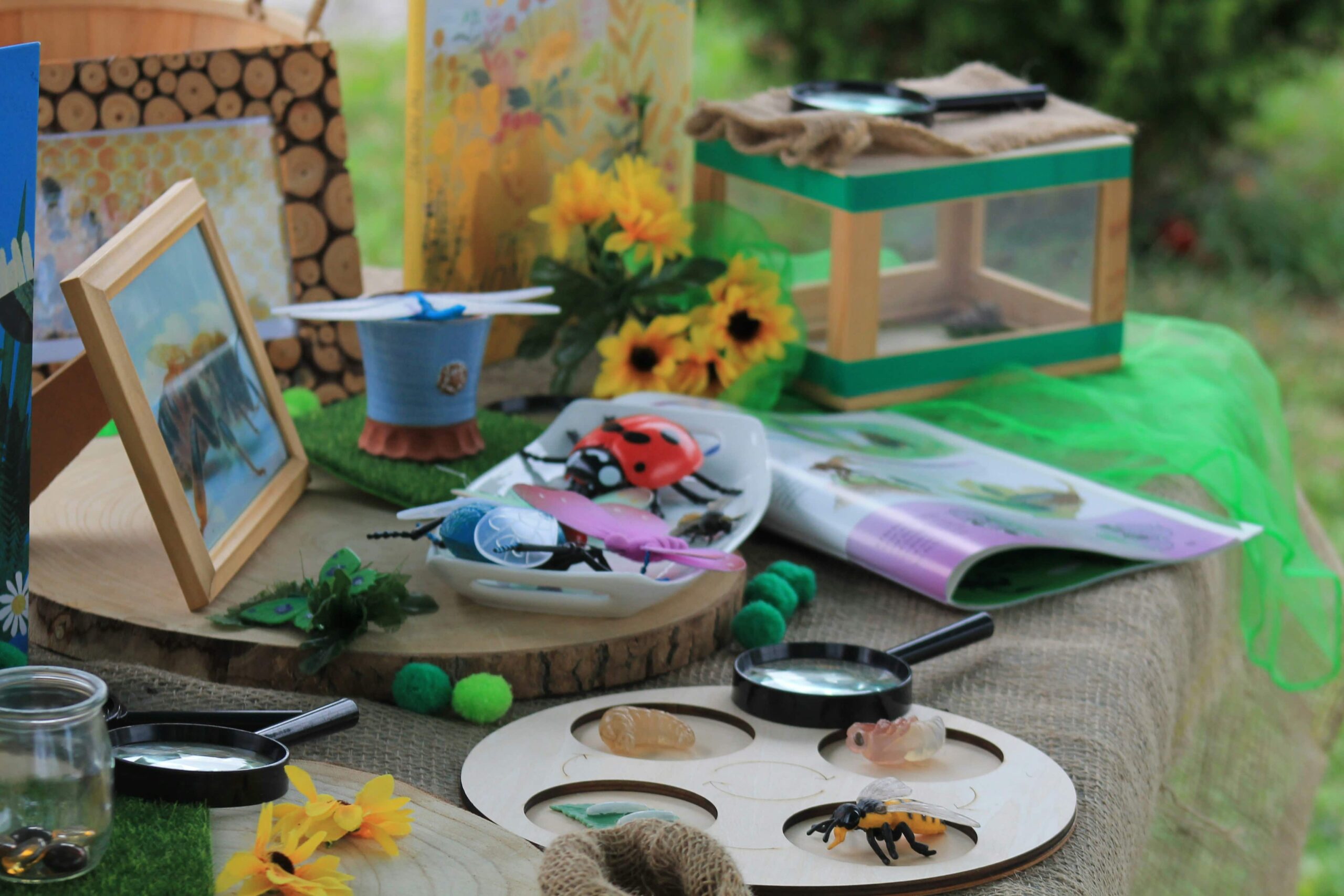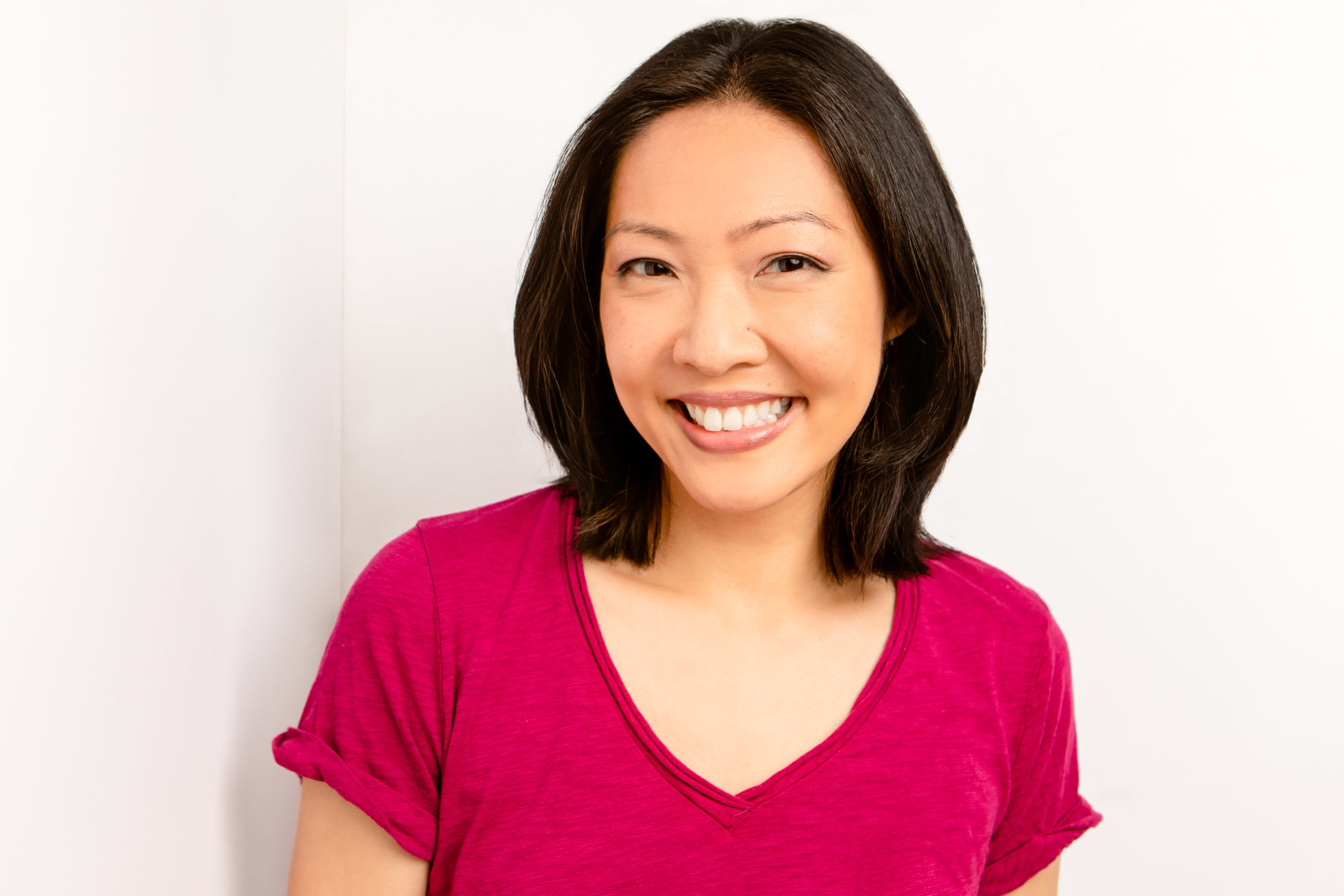In downtown Brooklyn, the DOE is opening a Montessori elementary school going by the name PS 482. Next to PS 456 which is Brooklyn New School’s offshoot, PS 482 is probably the second most conveniently located school in downtown Brooklyn (8 subway stops within a 3-5 minute walk). Could it work for your family even if my initial read is that it’s going to be fauxtessori?
TL:DR: if you’re looking for FIDELITY to the Montessori scope and sequence, a public Montessori elementary school will not be able to deliver. Especially once you get to third grade where state testing begins, it’s hard to see how the lower elementary curricula will be translated.
However, this school is still an option that I’m super excited about I’m going to leave the question of fidelity to parents exclusively comparing private school options where yes, if you’re all-in on a Montessori education, it should be authentic. In that case, a fauxtessori program would be a waste of money.
As I’ve written elsewhere, a Montessori education has become restricted to just upper middle class families due to the cost of admission. It doesn’t have to be this way though, especially when Maria Montessori developed her methodology by teaching super underprivileged Italian students.
I attended a virtual information session for Ps 482 on Jan 19 with the principal, Carol Mongiello. She had JUST transitioned into the role on Jan 2nd, so let’s give her grace as she is a one-woman team with nine months to prepare for opening day. She previously wrote a proposal to open up a new school – PS 59 (Harbor View School) – on Staten Island and served as principal for seven years, so I can see why she was selected to be the project director + principal for PS 482. Let’s break down what I heard 👇👇👇
How will a Montessori elementary school differ from regular DOE public schools?
There are three key ways that this program will certainly differ:
- Mixed age classrooms: there will be two PreK and two K classes when the school opens in September 2024. To make the mixed age classroom work, there will essentially be four classrooms each with a mix of PreK and K students. Principal Mongiello admitted that the logistics – especially around student:teacher ratios – are still being discussed. Legally, there can be up to 18 students in PreK classes with 2 adults and 25 students in K with one adult. The principal made reference to hoping that the enrollment will be lower than the legal cap, but given the popularity of the program, I’m not sure how it will all shake out.
- Montessori materials: I asked a question about what materials would be used in the classroom for ELA and math, and while no specifics were given, I will give the benefit of the doubt and trust that PS 482 will do its best to pull off aMontessori aligned program. Material procurement is actually the easy part, though with budget cuts, I shouldn’t take that as a given. It’s the training to deliver instruction with these materials that I worry about.
- Prepared environment: classrooms are intentionally structured where everything has a purpose and a place. Cluttered, colorful walls are not a thing. The classroom is treated as an aid to learning. The classrooms are meant to have the following five “centers”
- Practical life
- Sensorial
- Language
- Math
- Culture
An open question I still have is about the “work blocks of time” that Principal Mongiello referenced. In a true Montessori program, the work cycle is three hours, though I’ve seen programs that operate on two hour cycles. Without Montessori trained teachers/staff, I’m not sure that this work cycle can be implemented. So it remains to be seen whether this feature of Montessori elementary programs will exist at this DOE run school.
If this isn’t a true Montessori program, where is the vision coming from?
Principal Mongiello referenced the American Montessori Society’s website and played this video to ground parents in what she is aspiring to build out. This is an excellent standard source to draw from.
The teaching philosophy for PS 482 is immersion in the natural world around us. Children will learn and explore through guided observation, inquiry driven projects, hands on experiences, exploration, and discovery. This is complementary to the ethos that the Brooklyn New School and its sister school (PS 456) aspires to achieve.
One of the questions I asked was about whether teachers would be AMI certified and the answer was that they hope so but that state qualifications would be expected as the baseline. This in and of itself told me that this would be a Montessori-aligned school, but not the same as an authentic Montessori private school.
What are the facilities like at PS 482?
I live across from this building and lived through its construction. It is brand new and top of the line. The elementary school has 6 floors so the inaugural classes will have a lot of space and much better bathrooms + lighting than older schools. There is a new park that is also being built that will serve as a play area for the school. In addition, the school will have:
- Small outdoor play area on the 2nd floor
- Gardens (indoor and outdoor)
- Large gym auditorium combo space
- Library
- Music rooms
- Project rooms (I assume there will be art space housed here)
After school, teacher hiring, student priorities, and other important information
I’ll wrap up with a few points about admissions and logistics.
- Teacher hiring will happen closer to the end of this school year. Hiring is done as a committee and has to follow union rules (so think panel interviews for those who work in the corporate arena)
- There will be a PTA and they will be hiring for a parent coordinator (interestingly, she mentioned that in the past, new schools would be disadvantaged because the DOE would not provide funds for a parent coordinator unless 200 students were present)
- The program will start on time this fall; the high school that is currently occupying the space for PS 482 will move out in time.
- This is a city-wide choice school – anyone can apply. There will be a carve out for diversity applicants. She mentioned 60%, and when I cross-referenced other diversity initiatives, this is what I saw from the NYC DOE “applicants eligible for Free or Reduced Price Lunch (based on family income), living in temporary housing, and/or who were Emerging Multilingual Learners—were prioritized for 61% of seats.”
- There is priority, but not a carve-out, given to D13 families
- The principal does not believe in homework for the younger grades or standardized testing. The teachers will rely on observations to document progress in students. [note: standardized testing begins in 3rd grade city-wide; parents have the option to opt-out]
- Kids with IEPs will be served – it’s a matter of who is applying and gets a spot. Consistent with what I heard about PS 456, I think the rotating model will be similar. The principle for 456 mentioned that in the beginning, there will be no dedicated counselors and support services to the school. Over time, as more students enroll, dedicated providers will be housed on-site. But for inaugural classes, expect a rotating cast to begin.
- Goal is to have afterschool programs, and she intriguingly mentioned free options. At a local Brooklyn charter school, the teachers actually manage the after school program, so they do have a free option. But there is no free option every Wednesday when the school gets out at 130 PM for professional development, so students still have to find coverage for that one afternoon (and there are select service providers that cater to this, but not necessarily for the whole rest of the working day).
Should I rank PS 482 on my MySchools Application?
I think it’s worth a spot on your NYC DOE elementary school list of 12. Just remember that this will not compare to a private Montessori school, but you are also not paying tuition. Be mindful though of your commute and know that play dates will be harder at choice schools.
How high to rank this school is a question that my decision making course and tool – Confident Decision Maker’s Toolkit – would be helpful for. And the strategies for applying to Kindergarten summarized in this post obviously holds true for PreK as well.
Similar to my thoughts on PS 456, here’s how I think school consultants like Dana and Joyce would counsel clients:
- There will be growing pains in getting a brand new school of the ground
- A big risk is how teachers gel with the principal, and how the principal works with parents. Not all principals can be loved by all the constituents, and if you lose either the teachers or the parents…that’s trouble
- A big pro is that teachers like shiny new facilities so in theory, you’ll get a competitive pool of applicants. The question becomes whether the principal’s hiring theory is aligned with a parent’s education vision.
Just remember – whether you get a seat in this Montessori elementary school or not, you can still deliver a Montessori education at home. I break down what a Montessori education provides here, and also share how we managed to set up a Montessori learning space when we were still living in a 700 sq. ft. 1 BR. There’s also a link there to how we built a DIY Montessori Bead Cabinet.
Montessori isn’t a trademarked, gated education system. Once you throw away the idea that things have to be all or nothing, you start to realize your family can benefit not just from Montessori, but Reggio and Waldorf. Take Montessori certification for example – there are alternatives, parents do not need certification! They do need a mentor to be able to teach with the materials. These are all topics we’ll cover in my signature course, the Inquisitive Learner Accelerator. Join the waitlist today for founder’s discounts and giveaways when the program launches.

